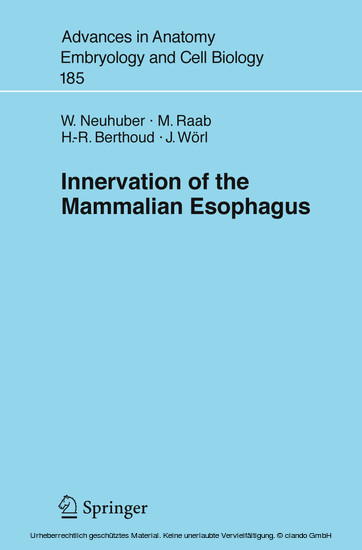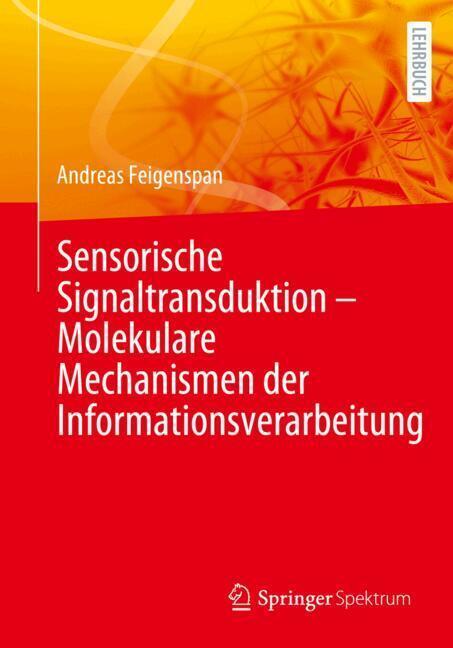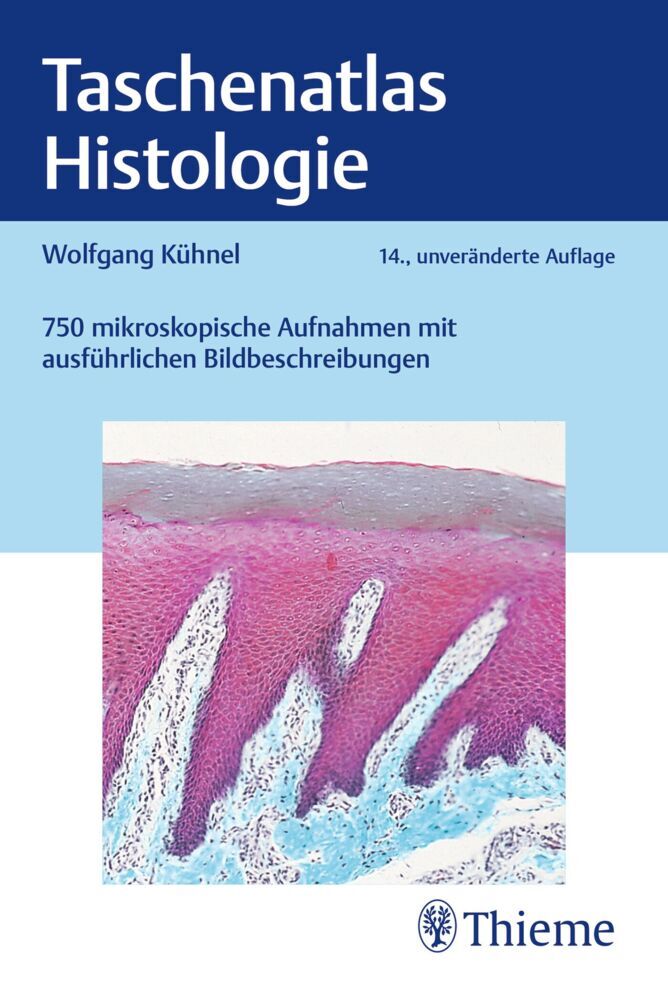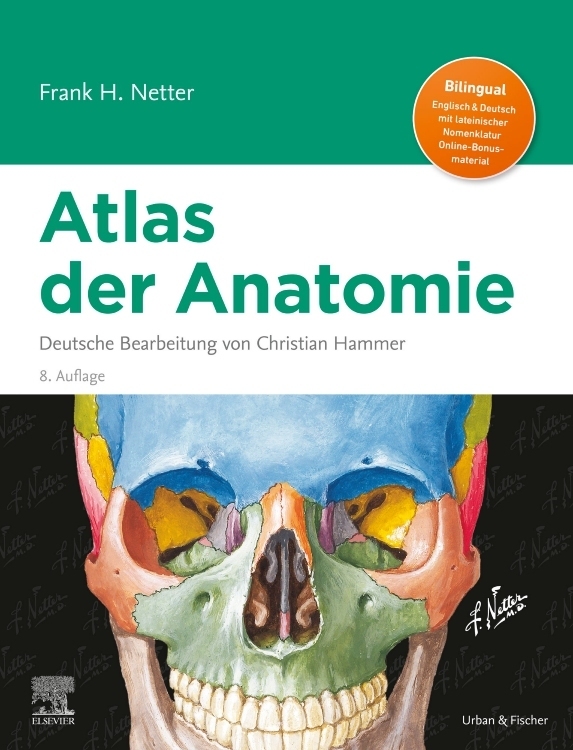The esophagus is a relatively simple though vital organ. Beyond its role of propelling food from the pharynx to the stomach by a propulsive contraction wave representing the esophageal phase of deglutition, it is more and more recognized as a sensory organ from which a variety of respiratory and cardiovascular reflexes can be triggered, thus cooperating with the larynx in protecting the lower airways from aspiration. In ruminants, there is additional antiperistalsis for regurgitation. During emesis, the esophagus is a merely passive conduit except for some antiperistalsis in its upper part. In the interval between swallows, both oral and aboral ends of the esophagus are tonically closed by the upper and lower esophageal sphincters, UES and LES respectively, while the tubular esophagus is flaccid and partly filled with air. Despite this apparent simplicity, neuronal control of esophageal functions is considerably complex.
1;Acknowledgements;52;List of Contents;63;Abbreviations;84;1 Introduction;105;2 Materials and Methods;126;3 Extrinsic Innervation;147;4 Intrinsic Innervation;548;5 Functional Considerations;609;6 Concluding Remarks;6410;References;6511;Subject Index;84
Neuhuber, Winfried
Raab, M.
Berthoud, Hans-Rudolf
Wörl, Jürgen
| ISBN | 9783540329480 |
|---|---|
| Artikelnummer | 9783540329480 |
| Medientyp | E-Book - PDF |
| Auflage | 2. Aufl. |
| Copyrightjahr | 2007 |
| Verlag | Springer-Verlag |
| Umfang | 76 Seiten |
| Sprache | Englisch |
| Kopierschutz | Digitales Wasserzeichen |










